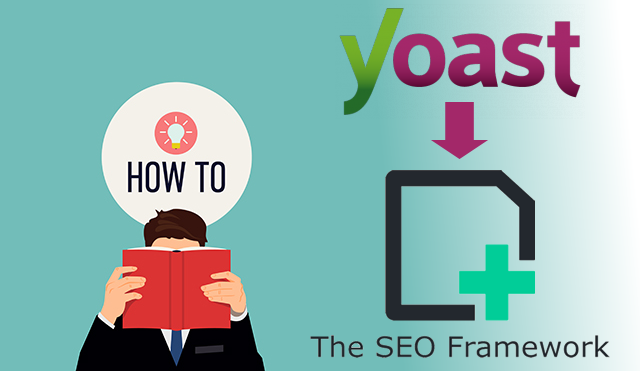How Bing Image Creator lets you generate images from words
Microsoft has announced the launch of Bing Image Creator, a tool powered by an advanced version of OpenAI’s DALL-E model, which allows users to create images by typing out a description in Bing search engine or Bing Chat. The new feature is currently available in the “Creative mode” of Bing Chat and can be accessed by clicking the icon in the sidebar of Edge browser. How to use Bing Image Creator To use Bing Image Creator, you need to be part of the Bing preview group and access it through either Bing chat or Microsoft Edge sidebar. The easiest way is to visit bing.com/create, which brings up the Image Creator in your browser. This is available to everyone. Start by … Read More





